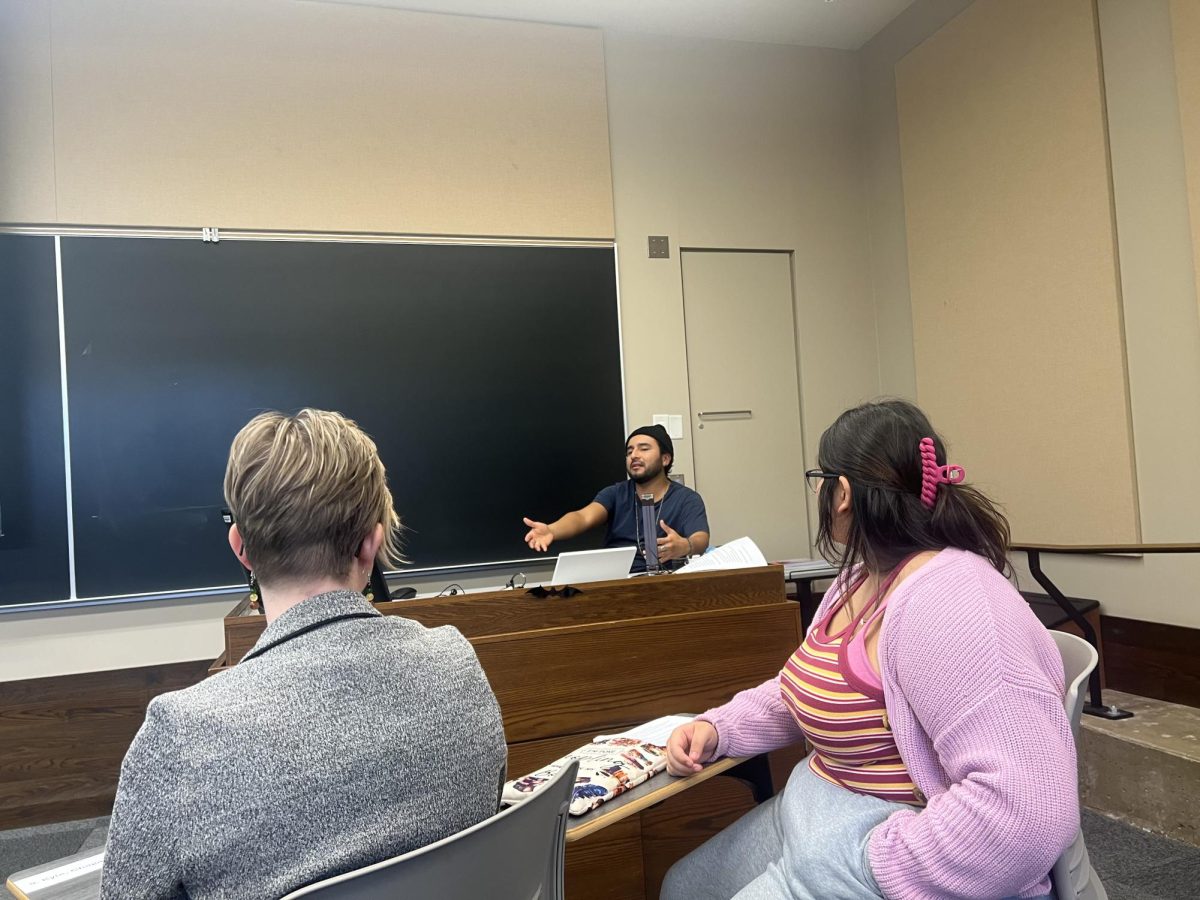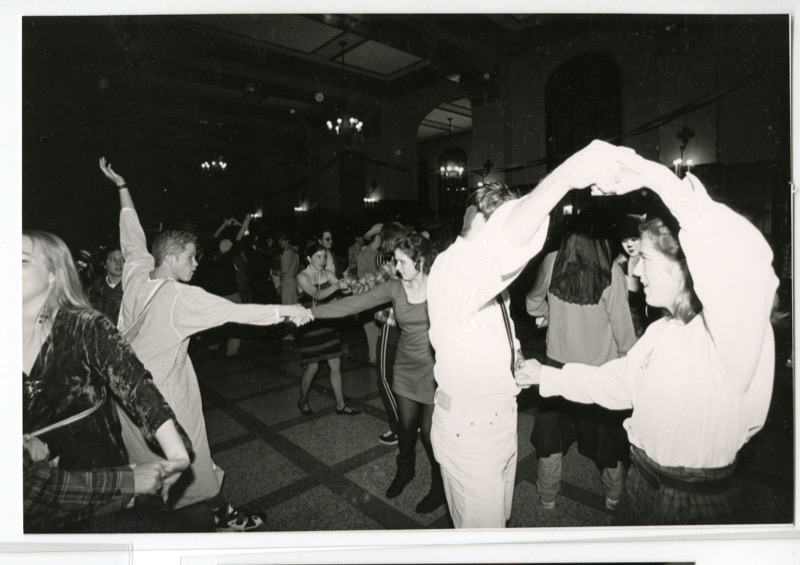I feel like body horror is easily grasped from an audience reaction standpoint. Perhaps this is rich coming from someone who has actively distanced himself from horror as much as he can; it’s easier to mock something with your eyes closed. I can recognize, however, that body horror takes excellent advantage of gaps, both narratological and literal, to prey on our instinctual fear of death. We don’t like watching people getting dismembered, likely because our mirror neurons try their damnedest to conceive what it would feel like. Even in a movie like “Jaws,” where you don’t necessarily see the details of the carnage, the gap between seen and unseen inspires the physical imagination to make a terrifying approximation. A child flailing in a pool of too-bright-red blood gets one to picture numerous sharp teeth tearing into their flesh while their lungs fill with stinging saltwater as the beast pulls them deeper down. Even if the shark looks fake, the threat feels real; the fear inspired by body horror is a primal one, but is also, hence, unnuanced.
Body horror’s presence will always inflict its intended effect on me, so I find that it’s the way that it’s done is what really matters in determining the film’s quality. “Raw” (directed by Julia Ducournau) is the most unpleasant movie I have seen this year. I hated every second of it, and yet, it was incredibly well done. This movie is not for the faint of heart and this review is not for those who want to see this film wholly unsurprised by its twists and turns. I feel like I need to get it off of my chest, because this is the kind of movie that sticks with you against your will. It’s the kind of movie that steals your power of speech afterward, and not in an awe-inspired way. Maybe I’m building it up too much, given how easily disturbed I am, but who’s to say that there’s a measuring stick for being disturbed? So how does “Raw” crawl away with a favorable review from someone who clearly did not have a good time watching it?
For starters, “Raw,” even when there’s no blood onscreen, always works hard to inspire unease. As we follow Justine (Garance Marillier), a first-year legacy student at a prestigious French veterinary school, the camera skitters to any and all surfaces to communicate that something is off. Sometimes, we’re incredibly far away from the action in the frame: as Justine’s parents bid her adieu in an empty parking lot, you get the sense that we’re stalking them, or perhaps that we’re keeping our distance for safety. Other times, the camera drags us through a crowded party as Justine and her upperclassman sister Alexa (Ella Rumpf) push through drunken, drugged bodies flailing to music and flashing lights like possessed corpses. Things either feel too crowded or too empty for comfort. The camera illustrates the tension at the center of Justine’s problem: she doesn’t feel like she fits into the school’s social culture. Even after she eats a rabbit kidney as part of a hazing ritual, despite the fact that she’s an adamant vegetarian, she always looks estranged or out of place in the frame.
And then she acquires a taste for human flesh. As one does. Turns out that her family’s insistence on vegetarianism is not just out of a love for animals, but out of a notion that tasting meat inspires a carnivory that eventually gives way to cannibalism. Forget beer, weed or any of college’s other stereotypical gateway vices: being forced to eat a rabbit kidney is enough for Justine to begin going feral. So, here’s where the body horror comes in, when any attention to craft I was giving to “Raw” went out the window and I just became terrified. But let’s not lose ourselves in the action here. Take the scene where she eats a human finger (Whose? I’ll let that remain a surprise). One stand-out element deployed is duration: a mini narrative unfolds as she works from curiosity to ravenousness. The scene just doesn’t end, despite how much you want it to. Another is the music, which blares and bursts in what has been a pretty quiet score thus far. It accents the horror as well as the length, drawing attention to Justine is savoring the taste, acquiring a first high she’ll chase for the rest of the film. In this scene and others, Marillier’s performance is likely the strongest element. How she transforms Justine from a quiet, studious girl into a bloodthirsty beast is chilling: the wolfish glint in her eye as she leers at a potential victim is too realistic for comfort. Marillier creates a nuanced character amidst the simple horror of her actions: she is hungry, carnal, ashamed, uncertain and fluid all at once.
This cannibalism is a metaphor for many things. On one end of the spectrum, it’s about wanting to fit in, wanting to live up to a parent’s legacy, wanting to win out a sibling rivalry. On the other, it becomes intertwined with sexuality: the frat-y, party culture she enters is one that expects women to be desirable, to dress in a certain way. Both readings elicit a “dog-eat-dog” scenario that Justine is forced into. She doesn’t just acquiesce to it, however, but pursues it doggedly. That hunger is never satisfied, and continues to destroy her from the inside out. I think my one problem with “Raw” is how much it deters me from ever returning to it to clarify where my reading falls on the spectrum. It’s clearly well-made, well-performed and thoughtful; and yet, I never want to watch it again. It was an unpleasant experience; it ruined my day. These praises are uttered through gritted teeth and typed with fingers still shaky at the thought of what I watched. I hated this movie, but I suppose it’s one that I’ve grown to love hating.
Rating: 4/5













